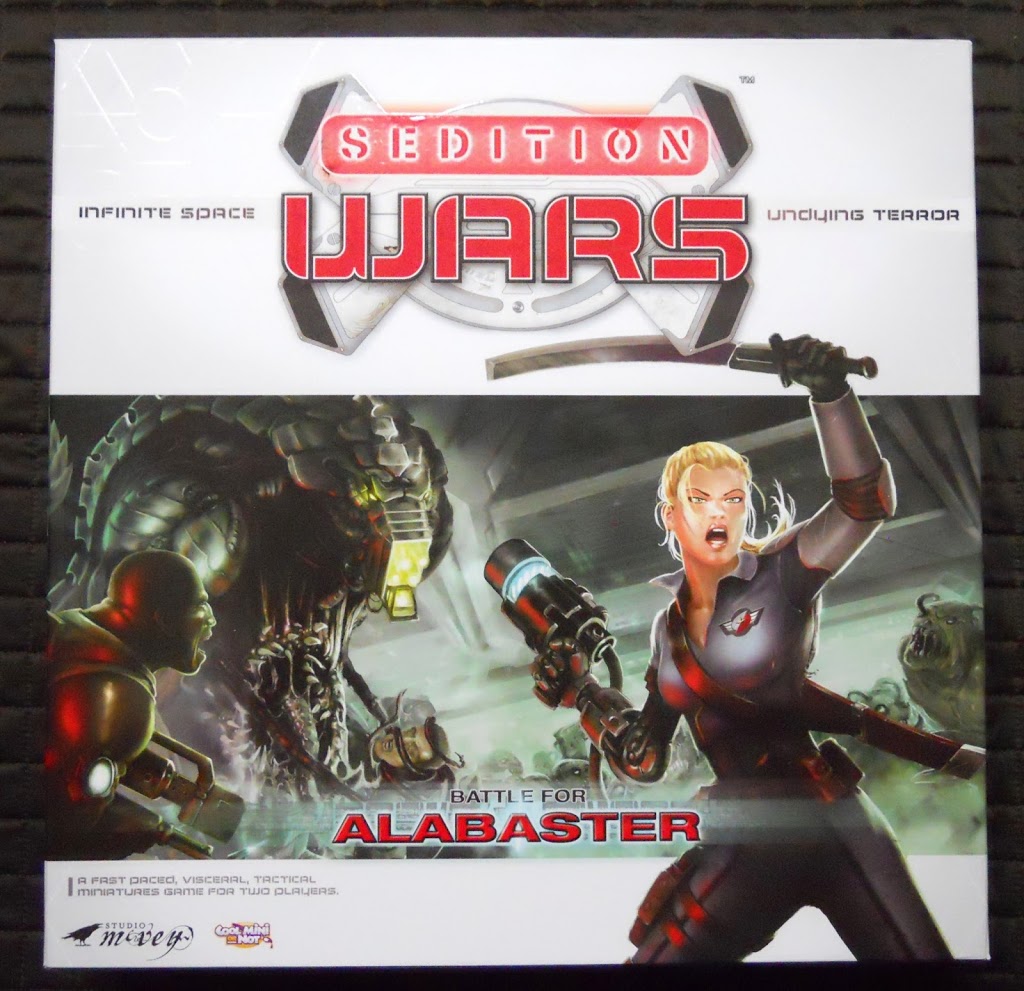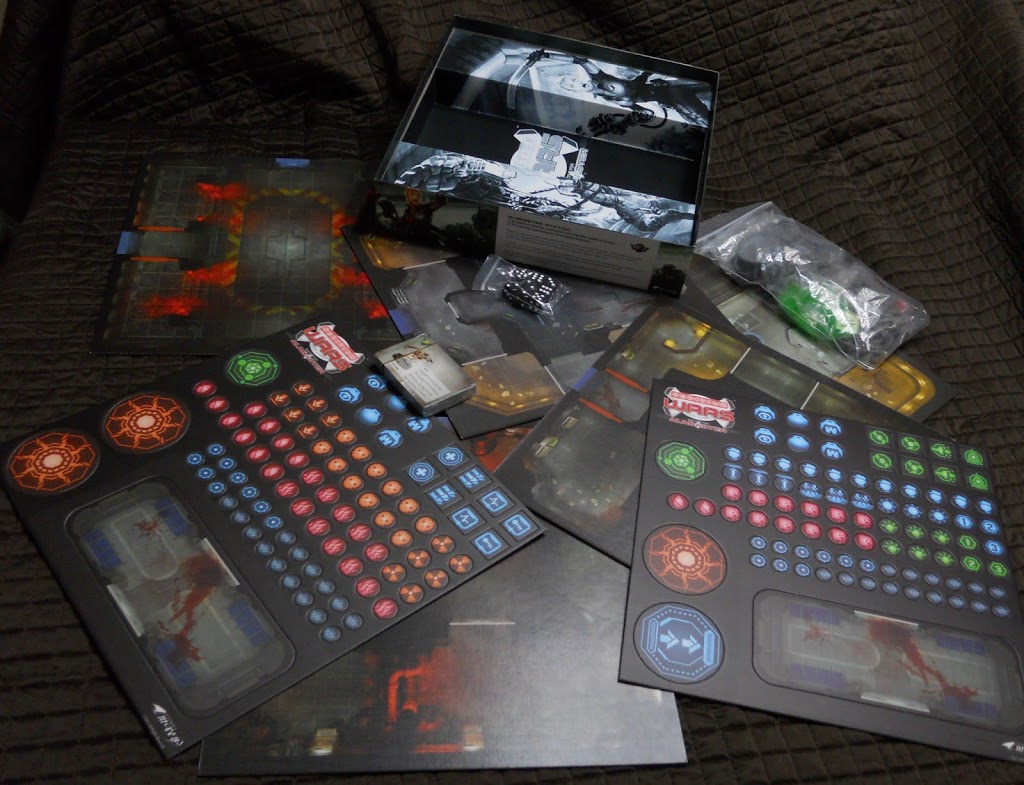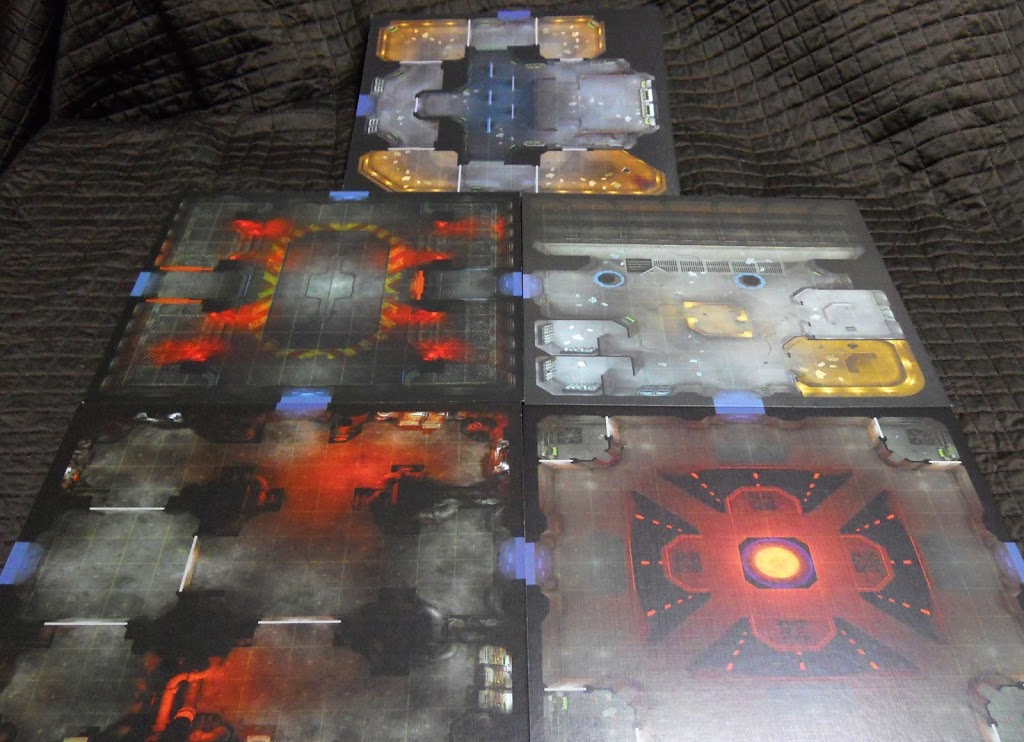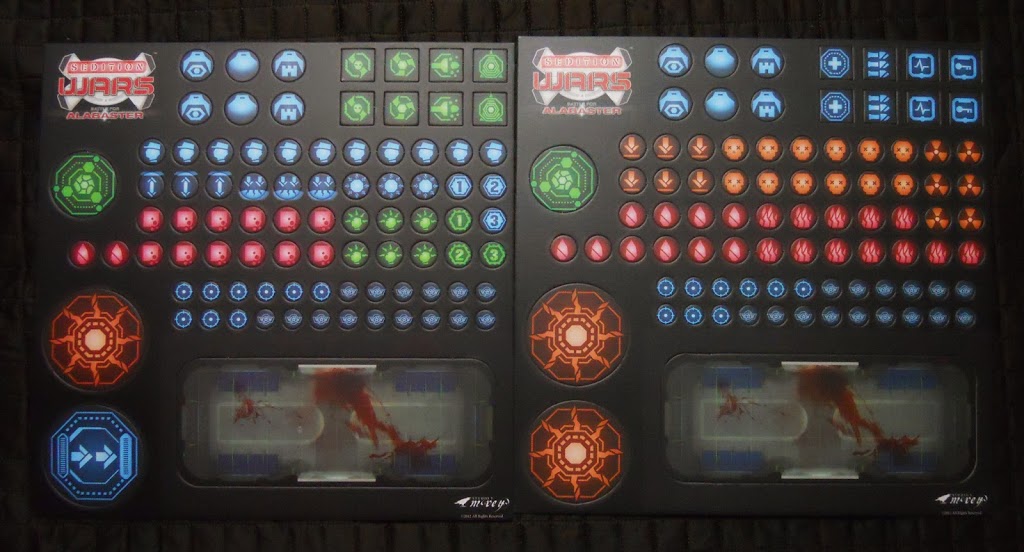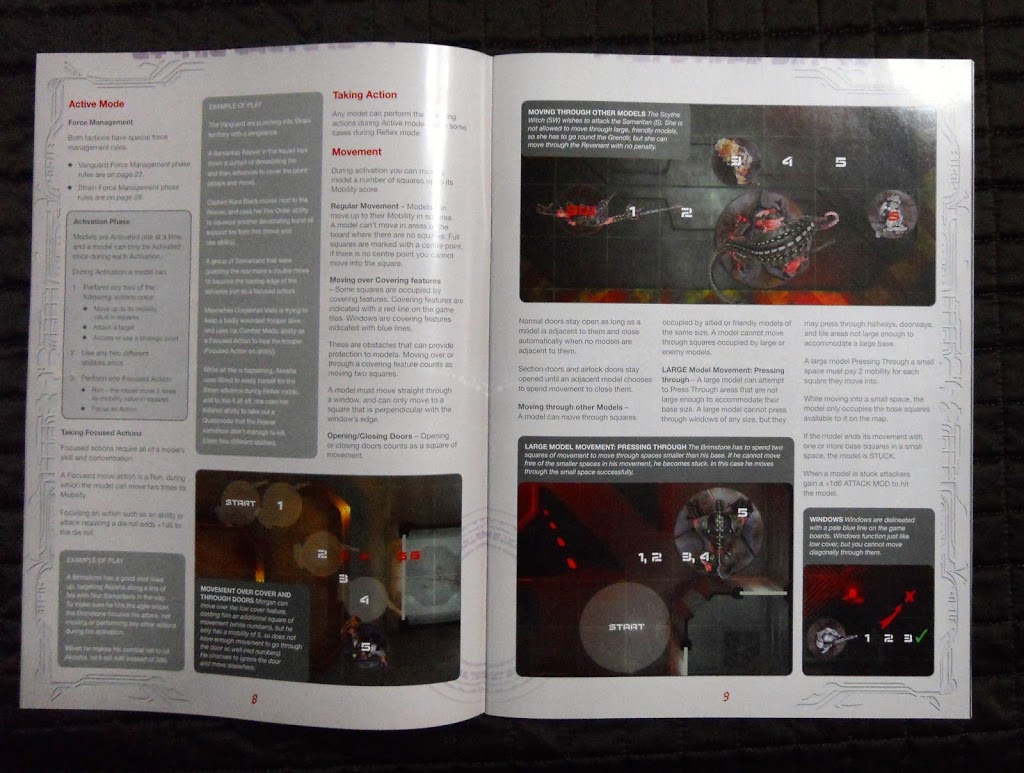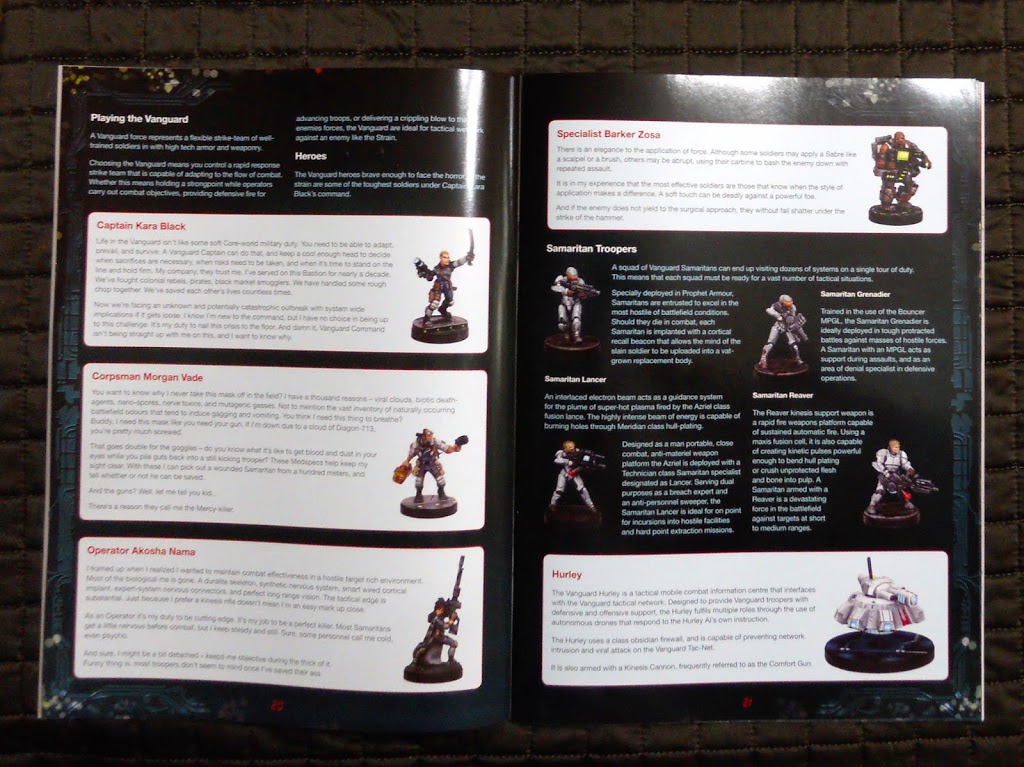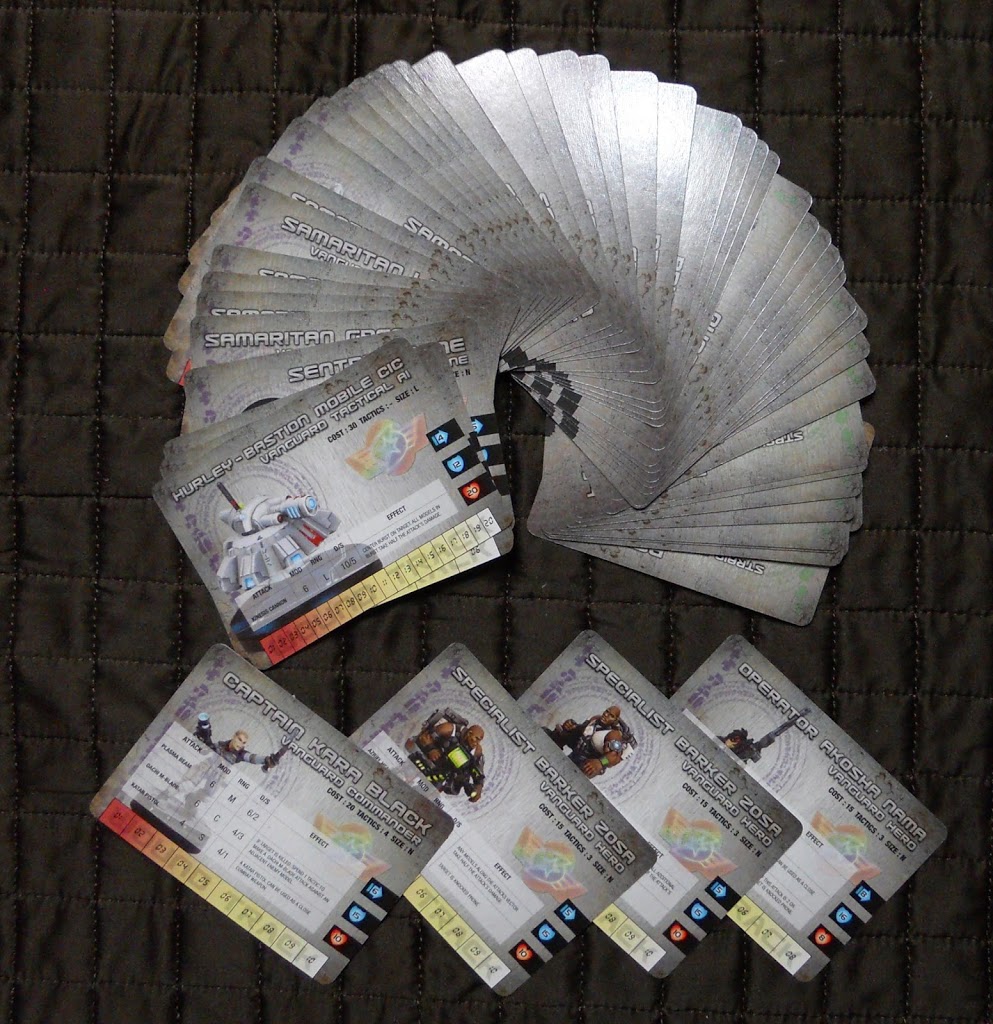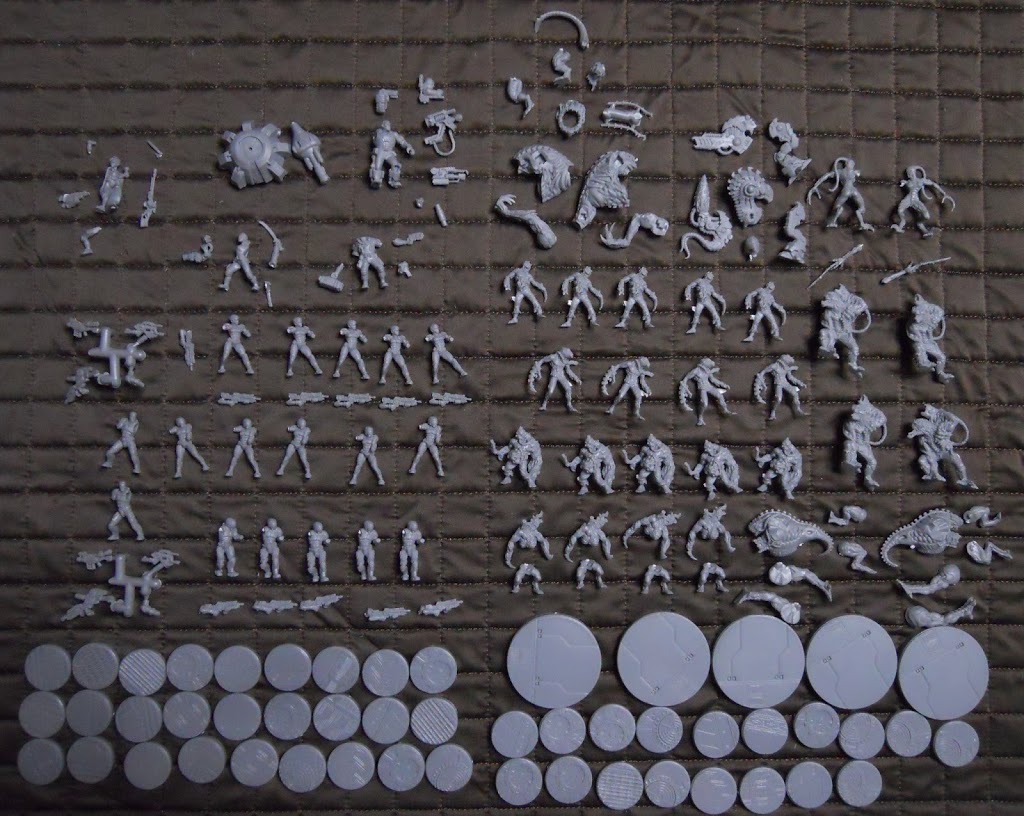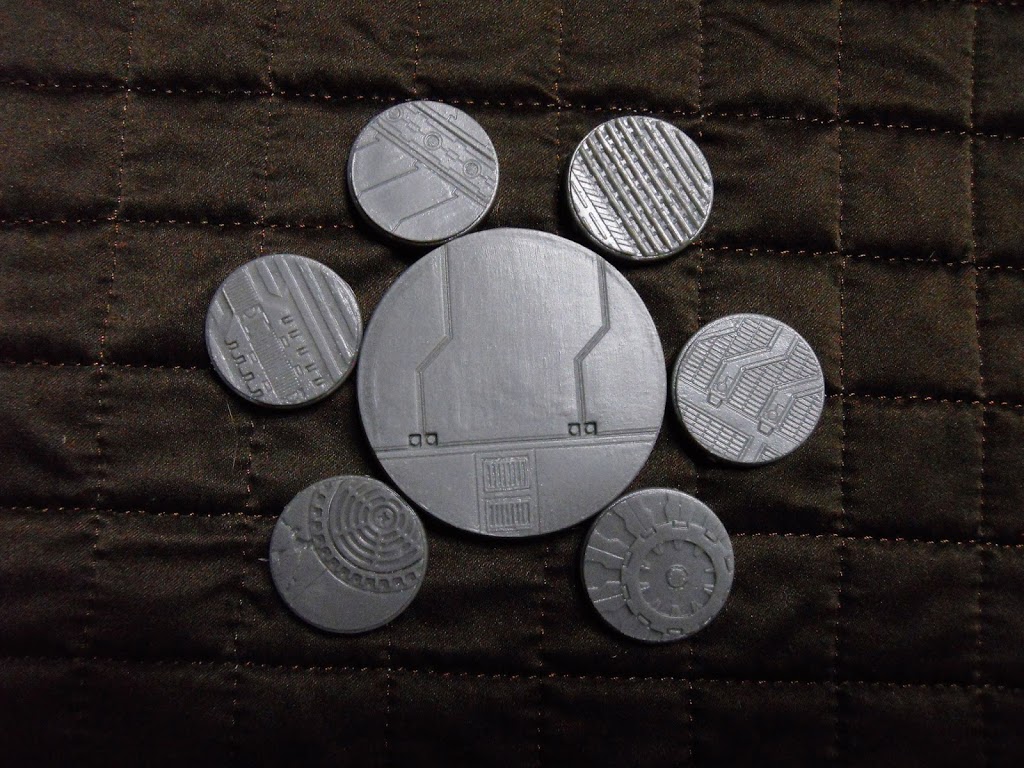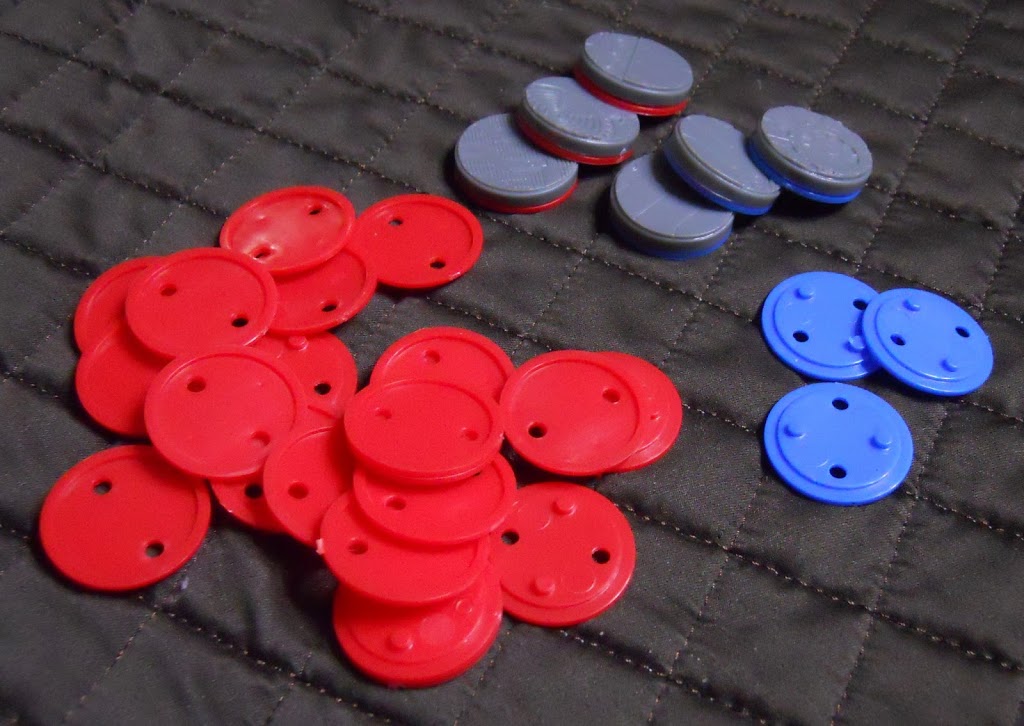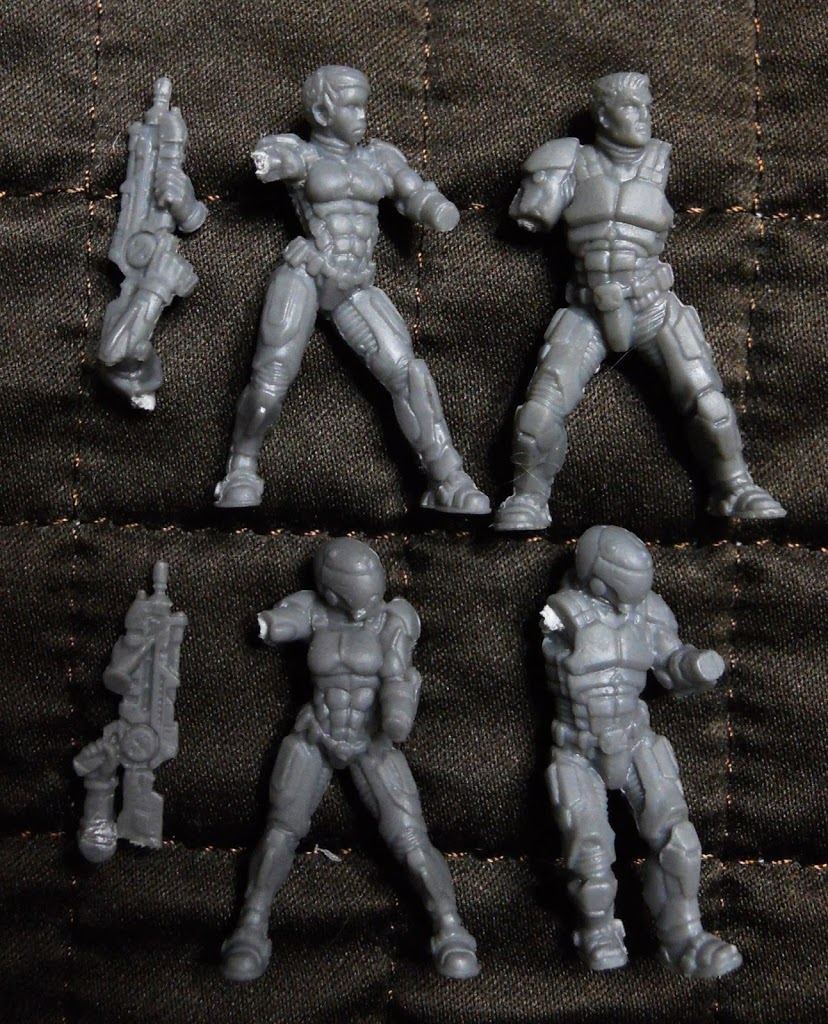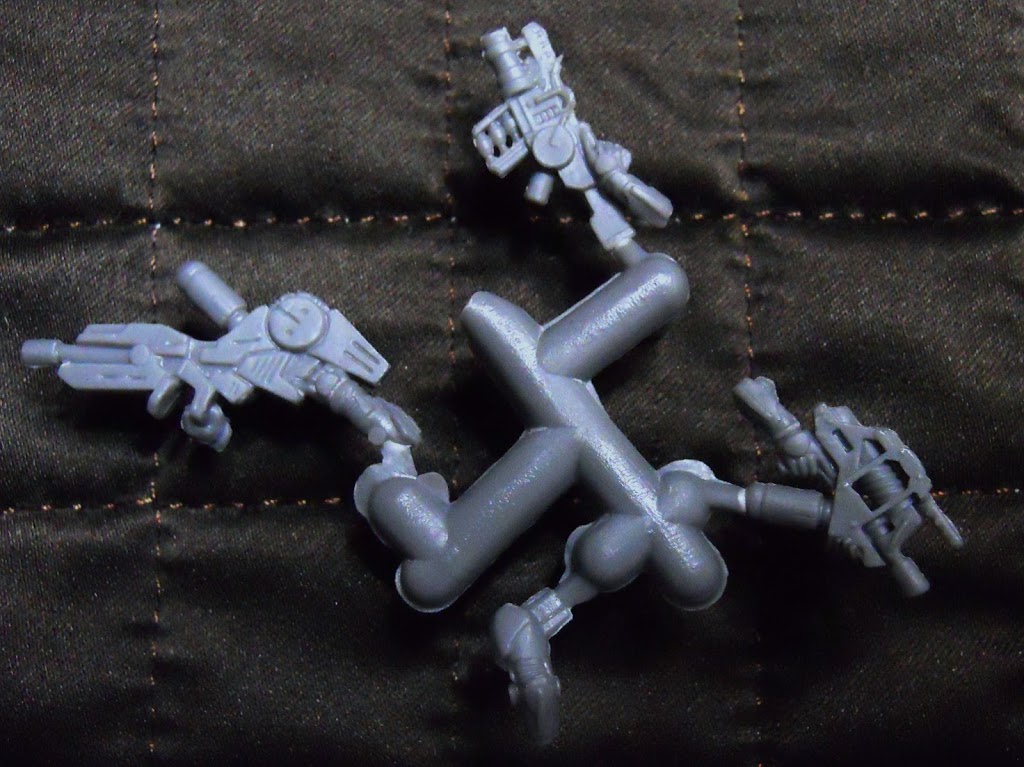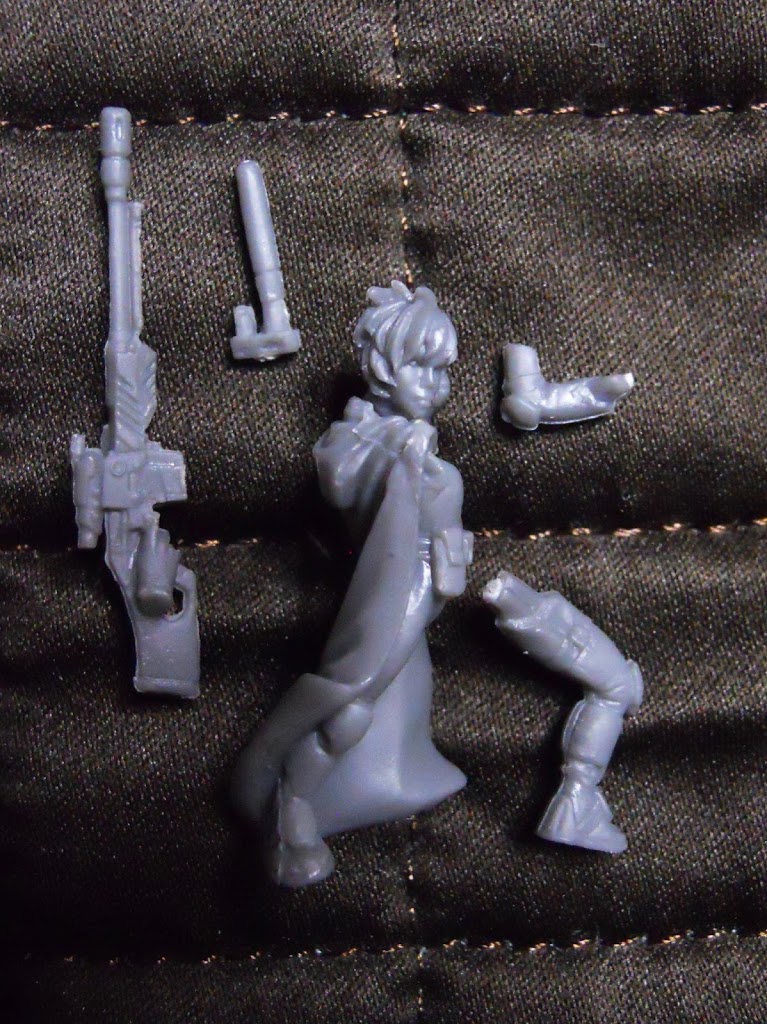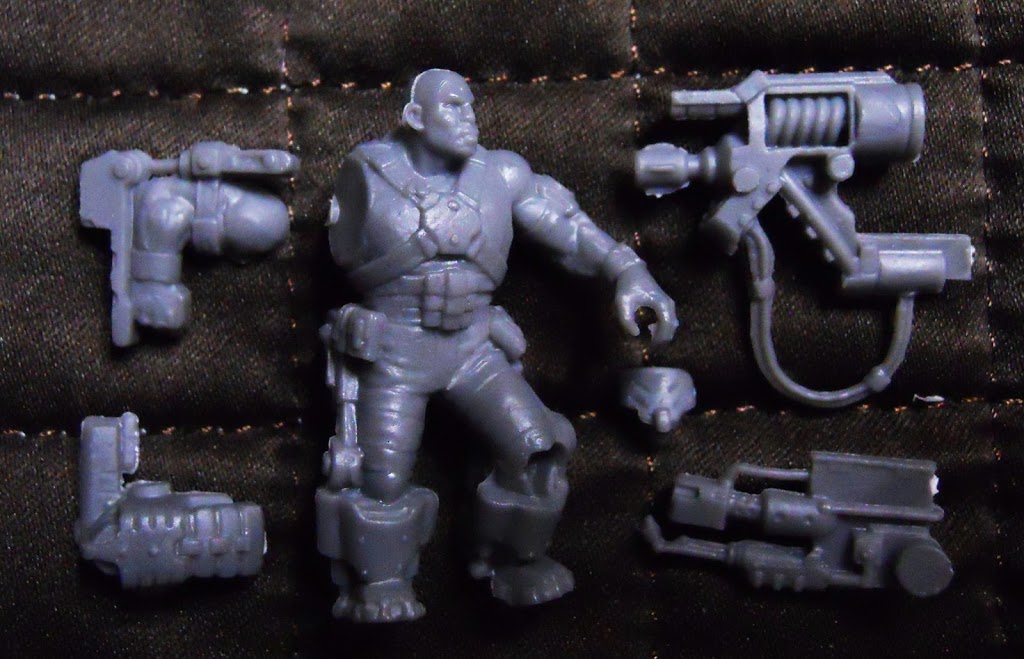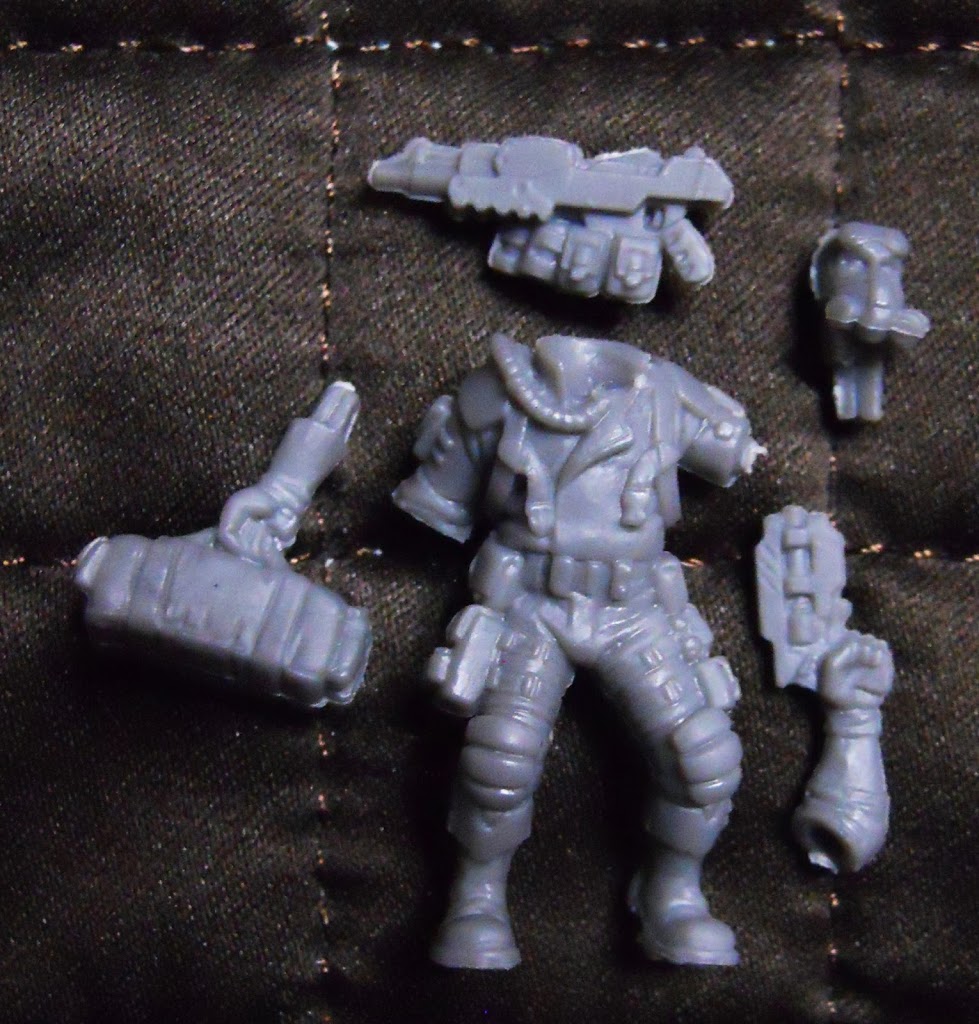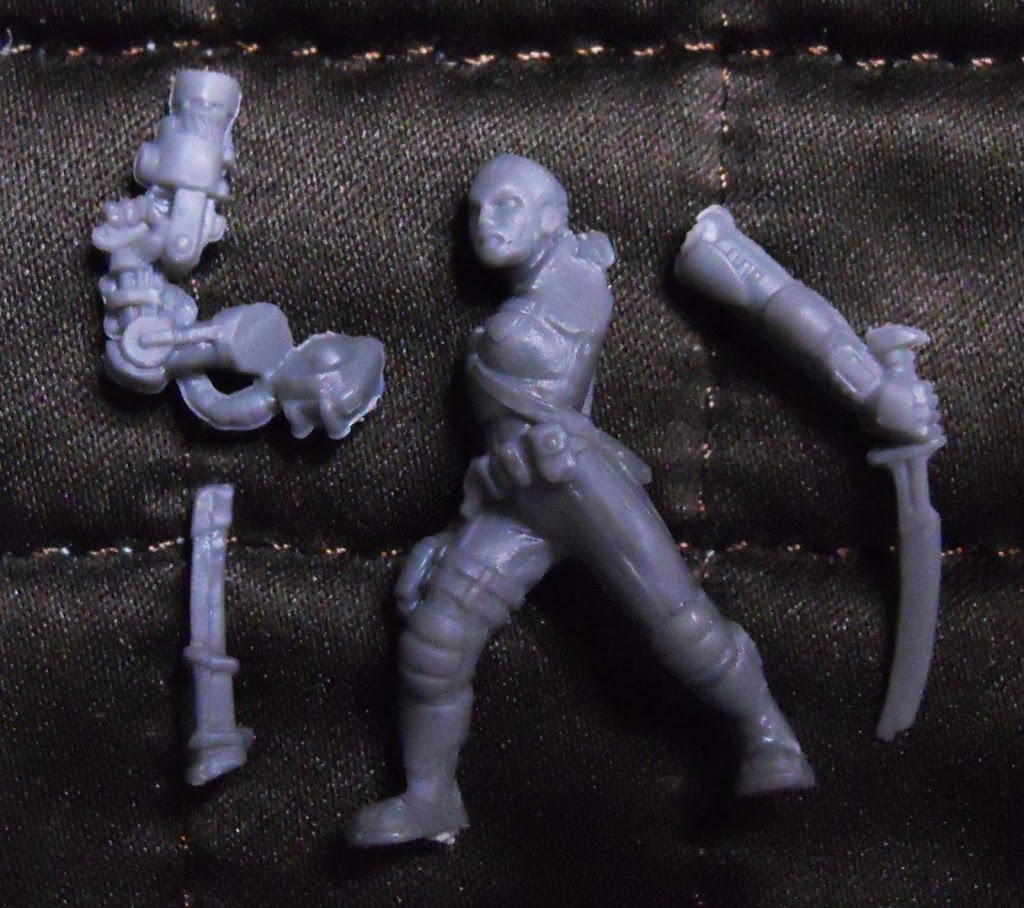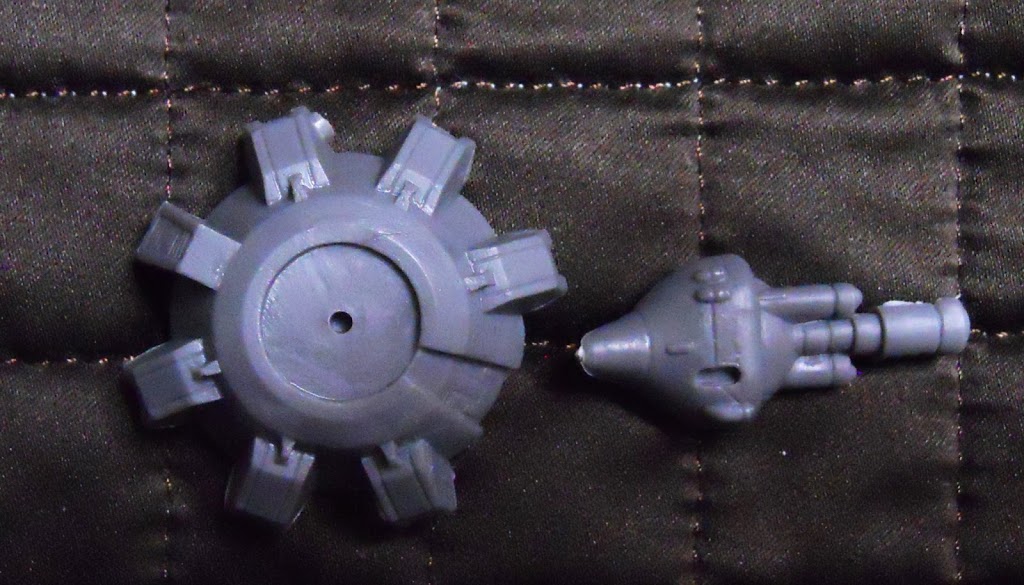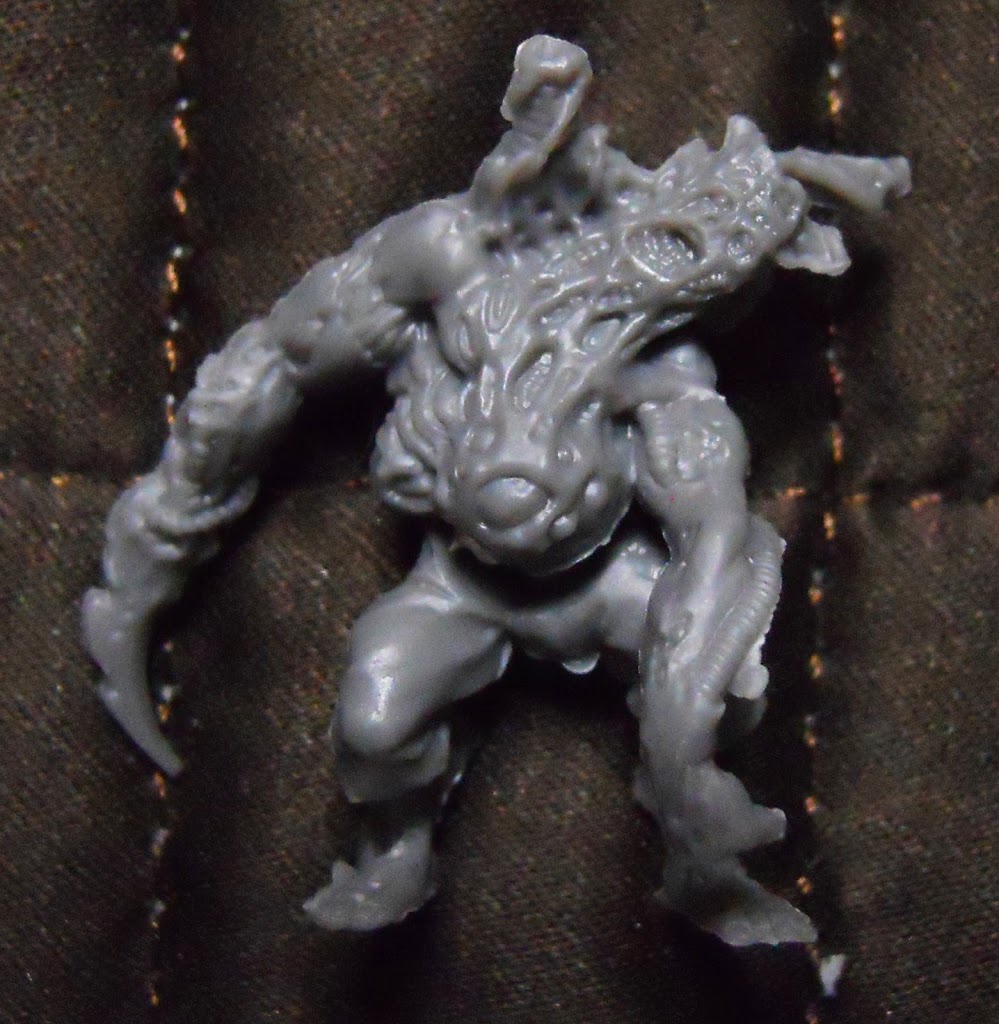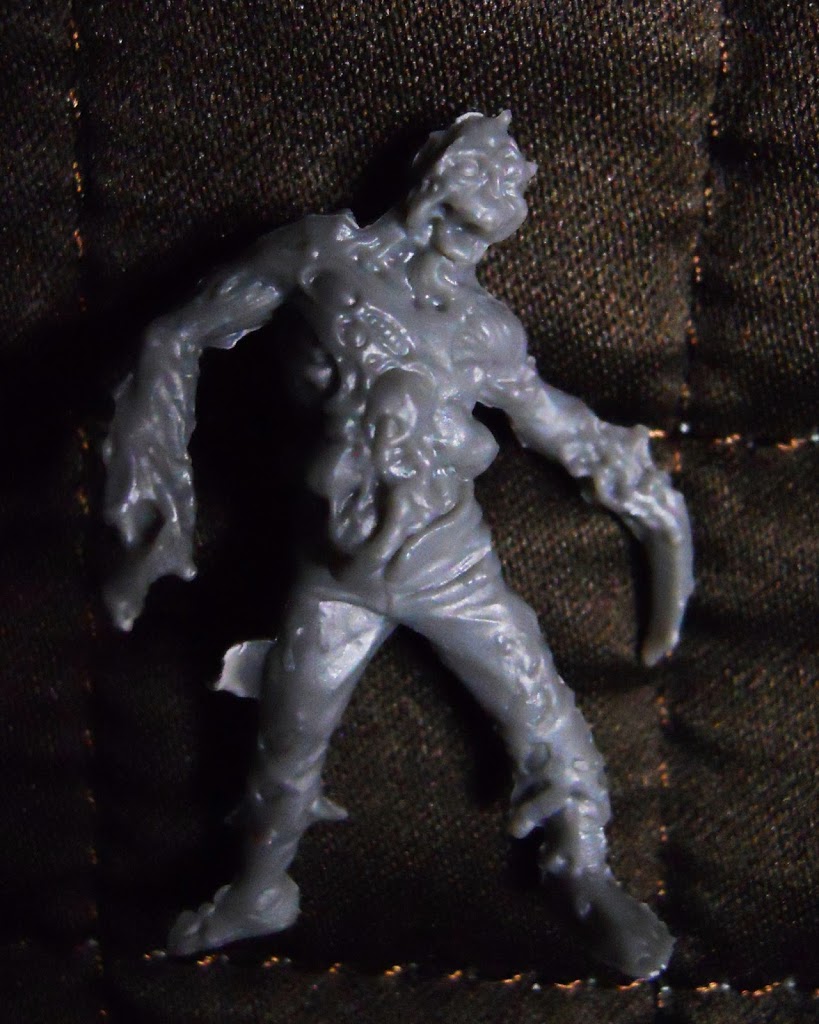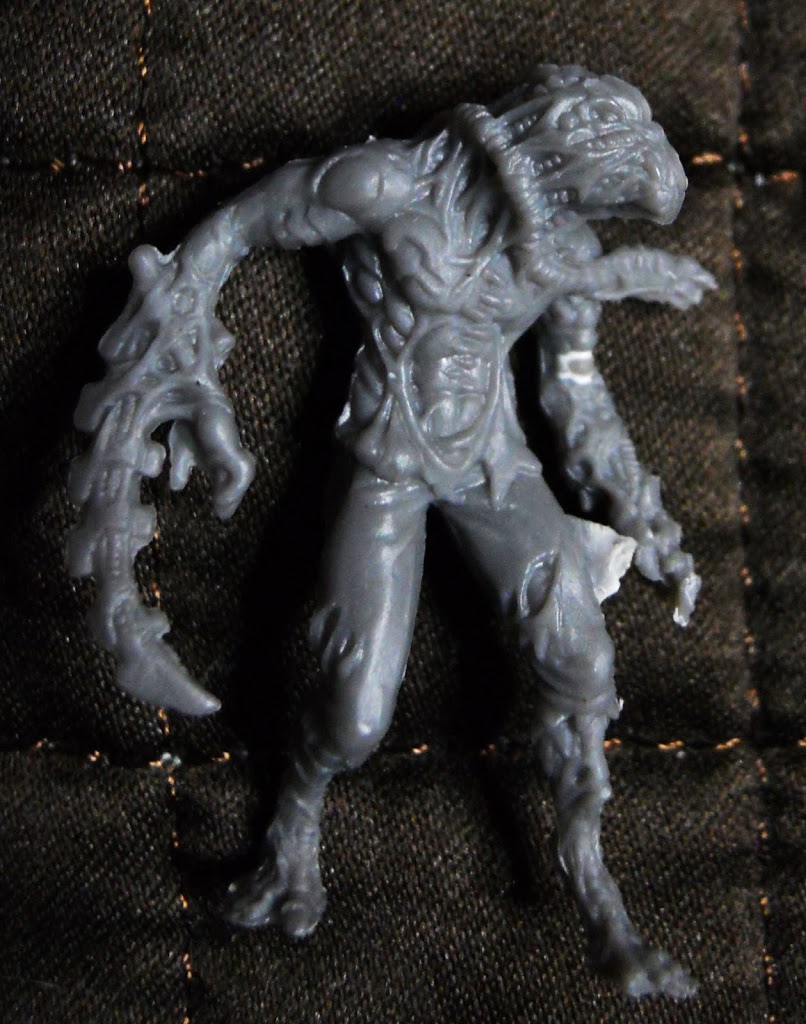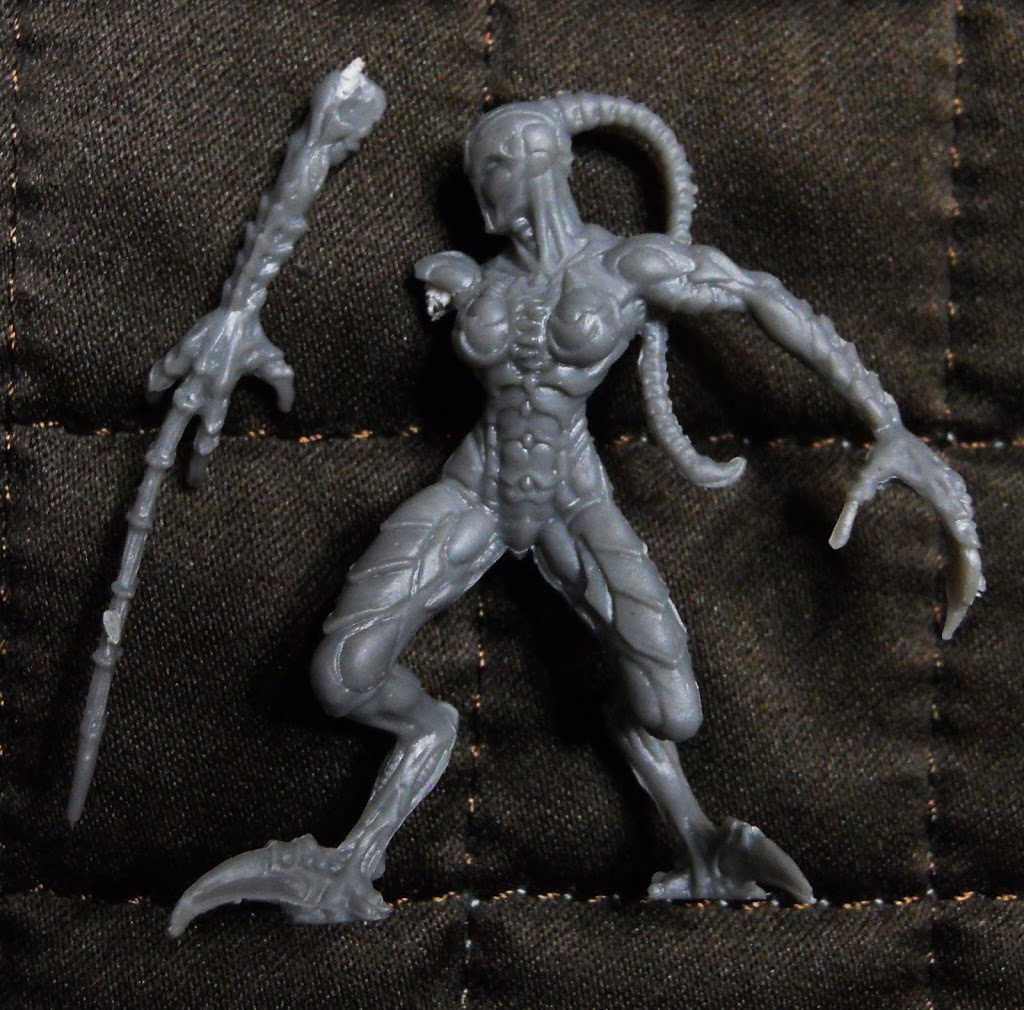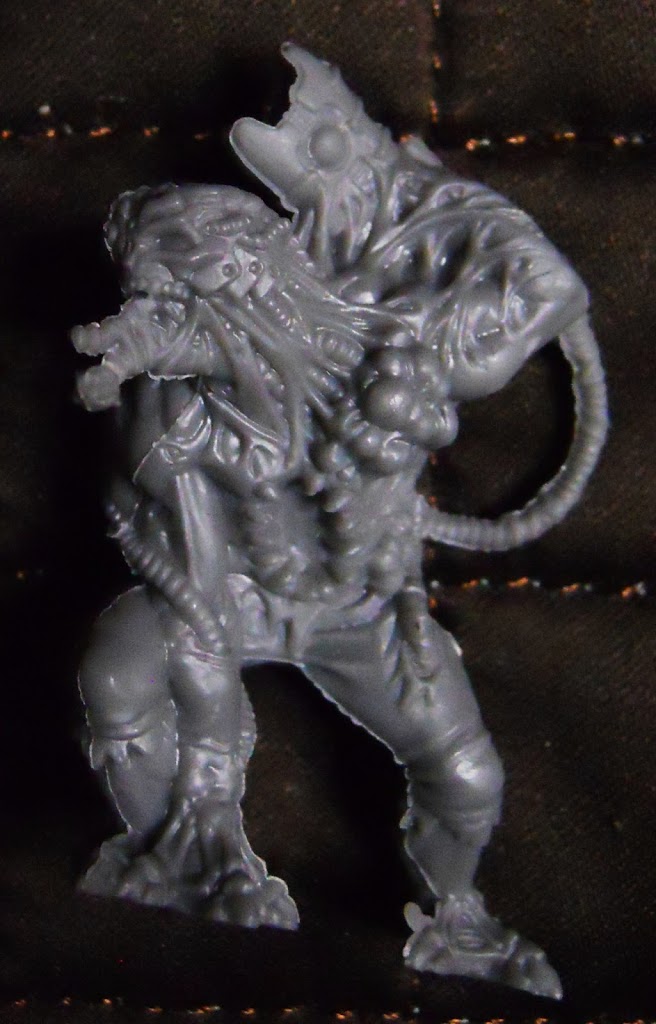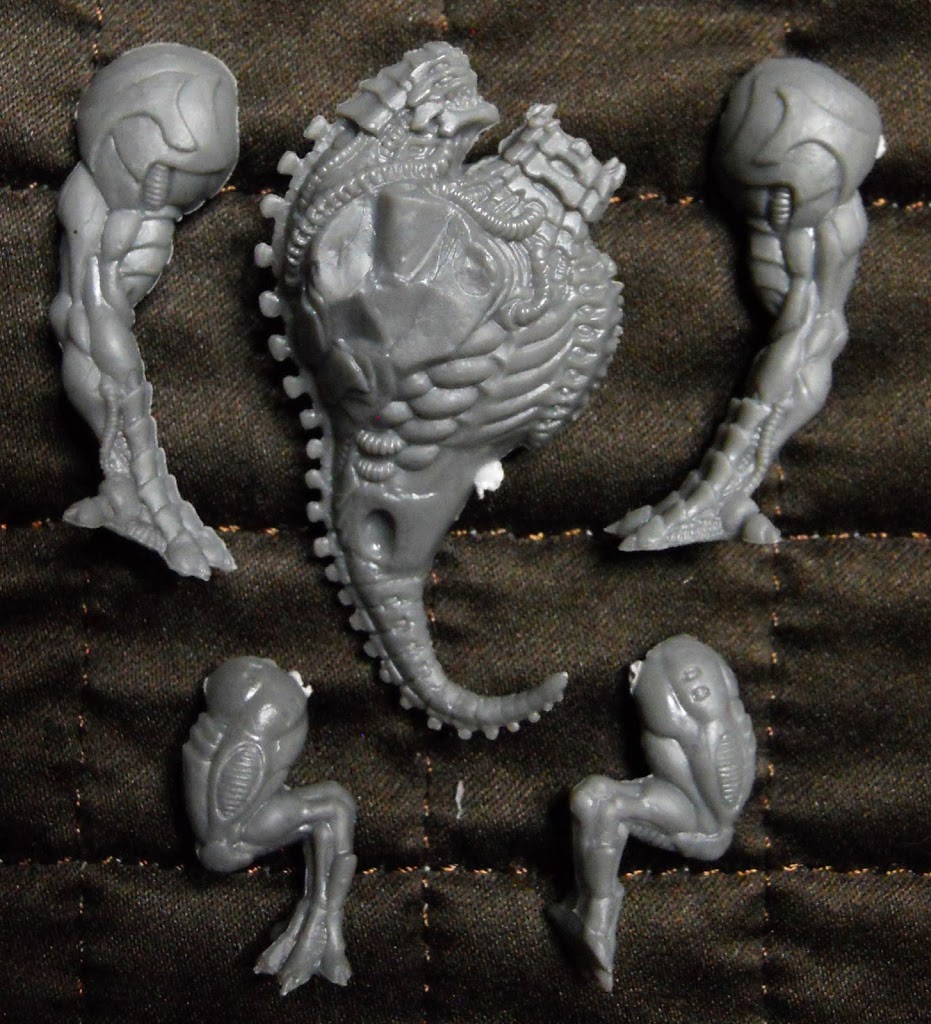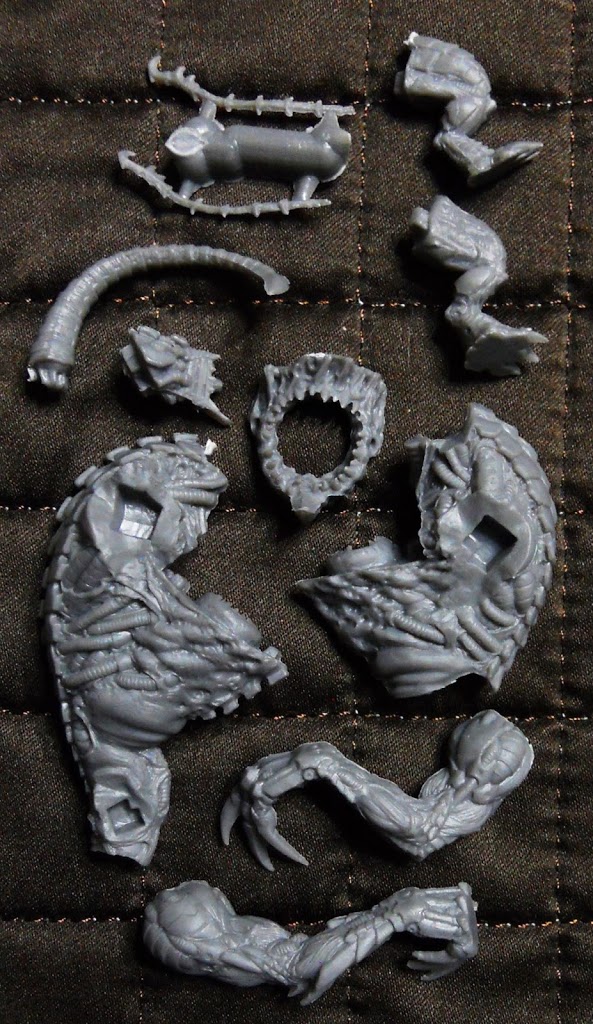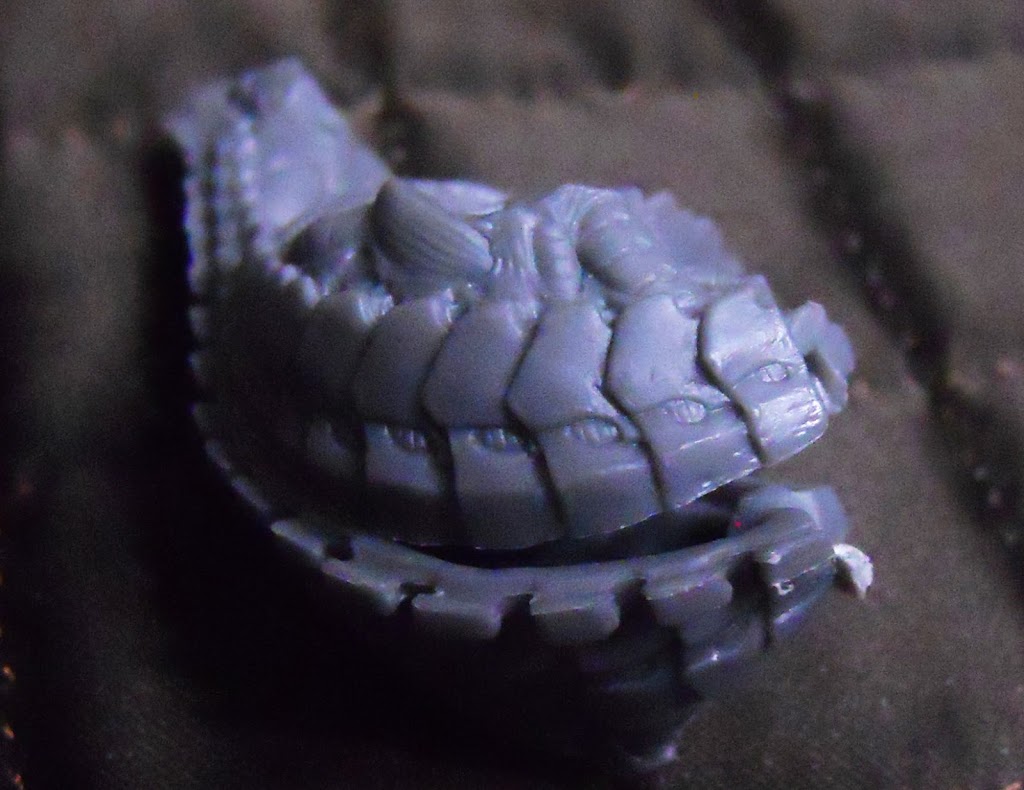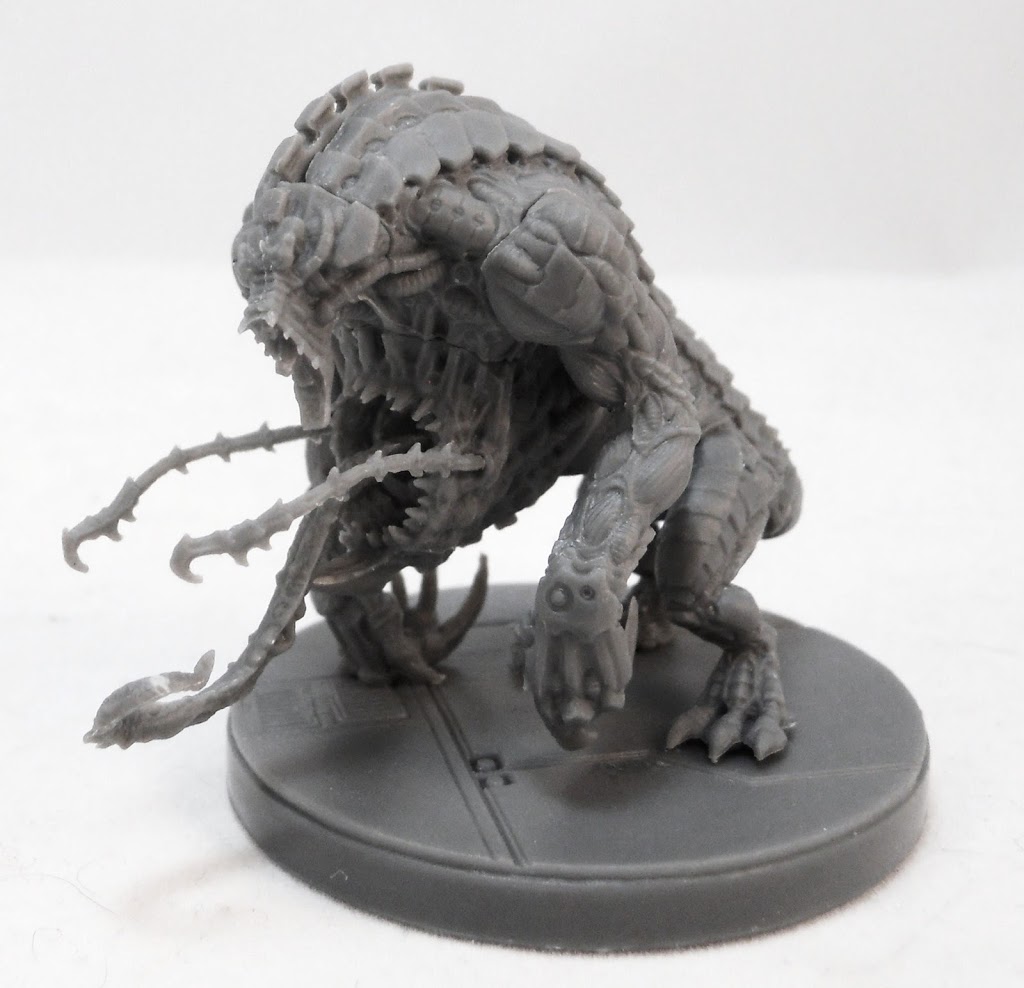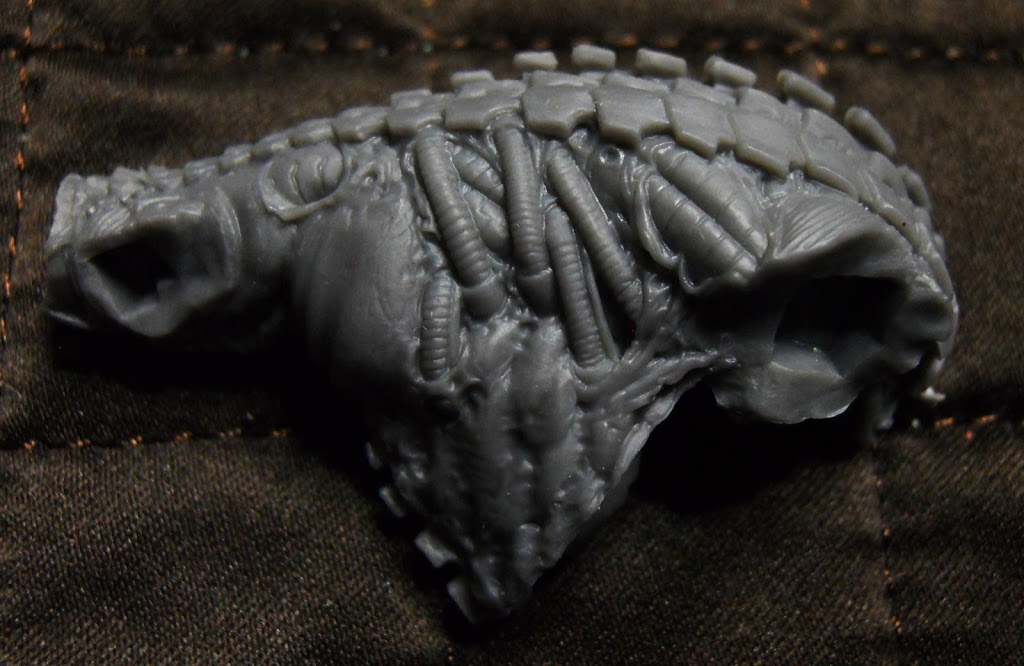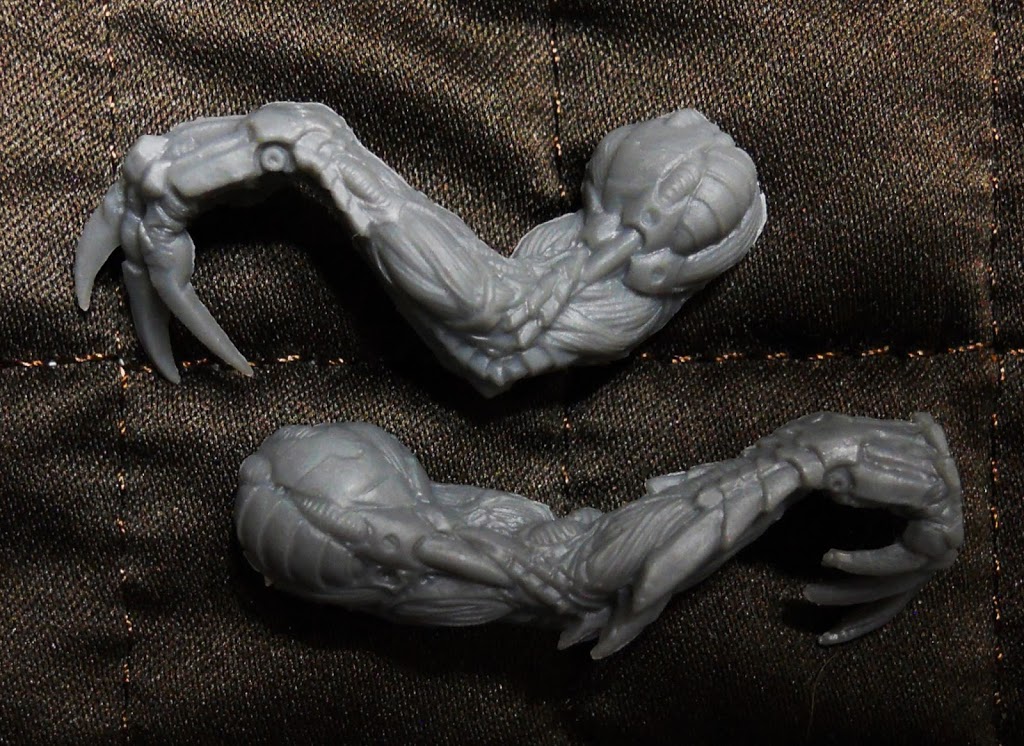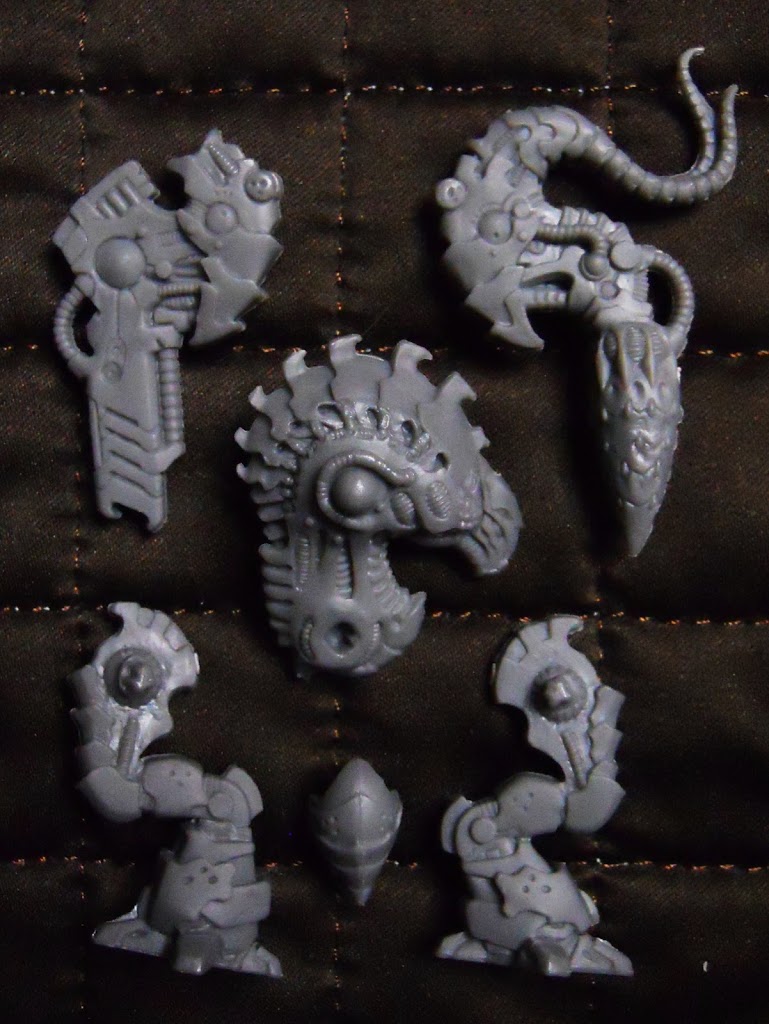Sedition Wars: Battle for Alabaster Unboxing
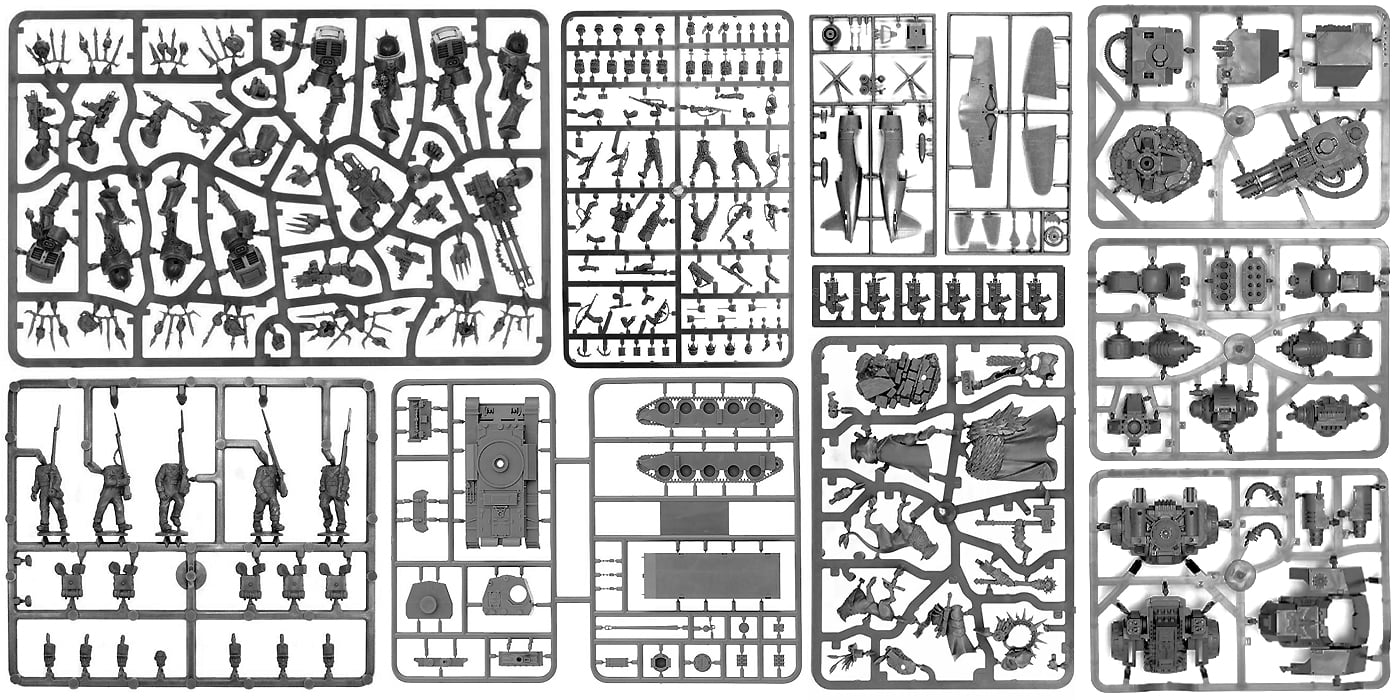
Studio McVey and Coolminiornot’s joint venture: Sedition Wars, Battle for Alabaster has been out for general sale for awhile now. Let’s find out what’s in the box.
Like so many gamers, I ended up backing this project on Kickstarter. If you read BoLS often enough you might recall that I already had an interest in Studio McVey and Coolminiornot. Sedition Wars began several years back with just a couple of cool sci-fi human characters. While I definitely found these human soldiers of the Vanguard very interesting, it was The Strain, who started to show up a bit later, that really intrigued me. I’d never seen anyone go the bio-horror route in a minis game before. I kept my eyes peeled to see where it would all end up going. And that brings us to where we are now.
Here is what you’ll find when you open up Battle for Alabaster.
The game comes with five different reversible map boards.
And two single-sided counter sheets.
The rules are nearly 60 pages long. But that makes sense since this is really more of a minis game than a board game. In fact if all the units had their profiles listed in the book rather than on stat-cards, it probably would have ended up being closer to 80.
Here’s another picture of the rules.
And here are those stat cards I was just talking about.
Now we finally get to the important part: the minis. Shown here are all the minis from a base game of Sedition Wars. This game delivers a lot for its $89.99 msrp.
One of the base game upgrades unlocked by the Kickstarter campaign were these cool scenic bases.
These Samaritans here are the basic human troops for the game. That beefy looking fellow on the upper right is a Reaver. You’ll be equipping him with thet really big gun on the left in the image below. The ladies to his left can be equipped with special weapons like the Fusion Lance and Bouncer MPGL(also shown below) or with the standard Sabre Kinesis Carbine; aka nifty space rifle.
I love these weapons.
Our first human character is Operator Akosha Nama. She’s the team sniper. Oh… you figured that out already. She’s also mostly synthetic with just a flesh and blood brain left to qualify her as human. This turns her into a real terror during the strain player’s turn since those artificially enhanced reflexes let her unleash multiple shots against advancing enemies.
Barker Zhosa is the only human hero in Battle for Alabaster with two different weapon loadouts. You can send him into battle armed with the Azriel Heavy Fusion Lance, or the Lucifer Plasma Thrower. The choice is a familiar one for a heavy weapon guy: a gun with blasts for lots of troops, or heavy damage to bring down something big. If it makes choosing any easier, the Fusion Lance also shoots through walls.
Corpsman Morgan Vade here is the medic. He does the usual Medic-y stuff like heal troopers, keep their nanospore infections under control, and shoot them in the head if they try to turn into Strain on him.
The last and most points expensive member of team Vanguard is Hurley. Basically a super computer with a nice gun, this guy gives you extra tactics counters, helps friendlies, and shoots the crap out of things. He can also spawn three types of drones (represented by counters) that offer further help to your troops. Perhaps the coolest thing about Hurley is his artificial nature. Being a robot means he’s immune to Strain infection. And as you’ll soon see, that’s a really big deal.
Phase 2 Strain like this Stalker here can actually fight ok. If you couldn’t guess from that crazy hook hand of his, melee is where you want him.
The Quasimodo can be evolved into the monstrous quadrupedal Phase 3 Brimstone. Or, again, you can just pay for him with army points. That gun imbedded in his chest can shoot a beam that will hit all models along the same line as his target.
Now it’s onto one of the really big dudes. The Grendlr here is our first “meta-form.” He can take control of Vanguard models under the right circumstances, spew nano spores at will, and eat guys whole – spitting them back out later as strain models. To make things worse he’s just as hard to kill as he looks. He even has a pretty decent gun stuck in his head. All that and he’s still only a Phase 4. In this game the Strain go all the way up to 5.
But wait – something’s missing from the picture above. This guy’s supposed to have a big ol’ frikkin’ tongue. I didn’t find any tongue in my Sedition Wars.
Moving on, here’s a close up of some of the cool detail on the Grendlr.
And his arms too.
So how does the game play? Well, the combat system is fairly simple. To make an attack, you roll 3d6 and add it to your weapon’s MOD value. If the number exceeds the target’s defense value you hit. There’s no armor value; thick armor and fast reflexes are both folded into the same stat. The game also has an exploding D6 mechanic. That means any sixes rolled while attacking will grant additional rolls. But you only get one re-roll – no six after six after six after… I think you get it. This can make it a little easier to hit those agile Scythe Witches or heavily armored Cthonians. Sixes are also key to another concept in Sedition Wars: Staging. Each model’s weapon has a staging value. You multiply a weapon’s staging value by the number of sixes you roll, and add that number to the damage you deal. All weapons deal a fixed amount of damage. For example, a Sabre Kinesis Carbine has a damage of 5 and a staging of 2. So if a Samaritan makes a successful attack with one of these weapons rolling two 6’s in the process then that attack will deal 9 damage.
The two factions included have a very different play style. The Vanguard want to kill everything as fast as they can, using their Tactics Counters to help them do it. The Strain player can attack the Vanguard directly, or use their more insidious nano-spores to infect and herd.
The rules included in the game have 9 different scenarios you can try. With different tile arrangements, objectives, and points values, each scenario is different. In addition to trying to secure your objectives, you’ll also have strategic points to fight over. The Vanguard will want to secure things like Auto-Docs to help cure their infections while the Strain player goes for things like Gestation Vents. And of course you get twice the bang for your buck since you and a buddy can swap sides and try the Strain and Vanguard for both missions.

